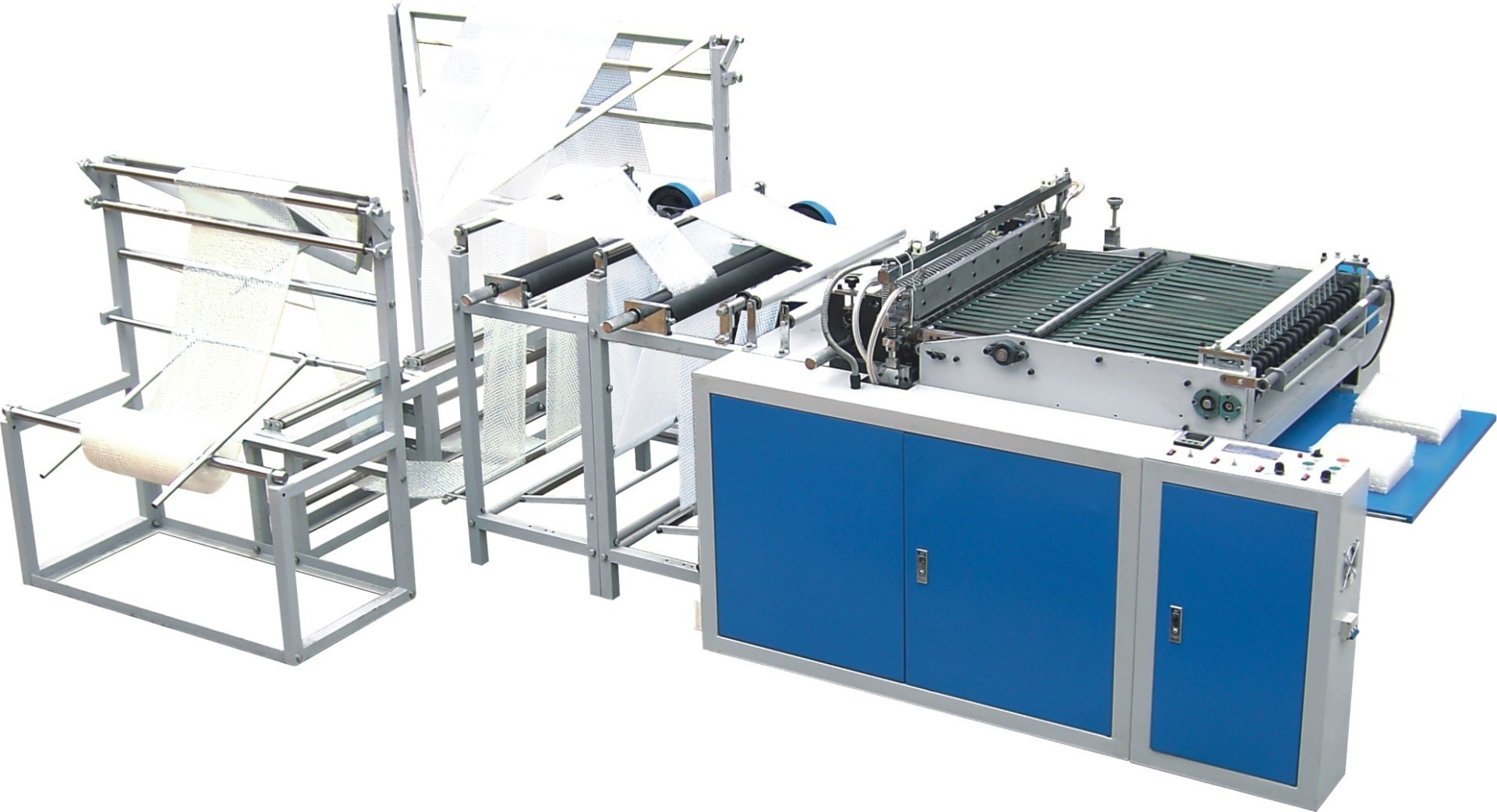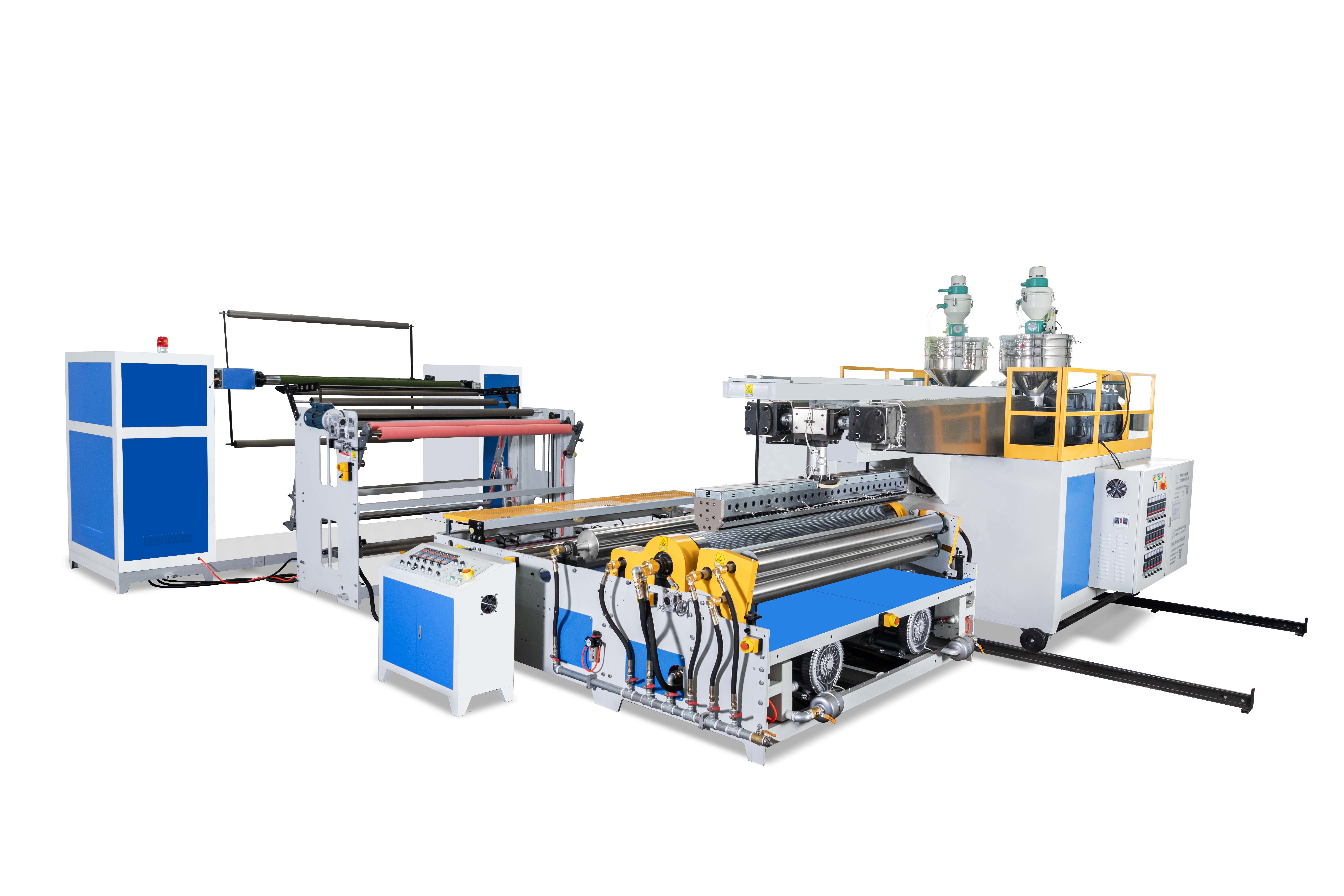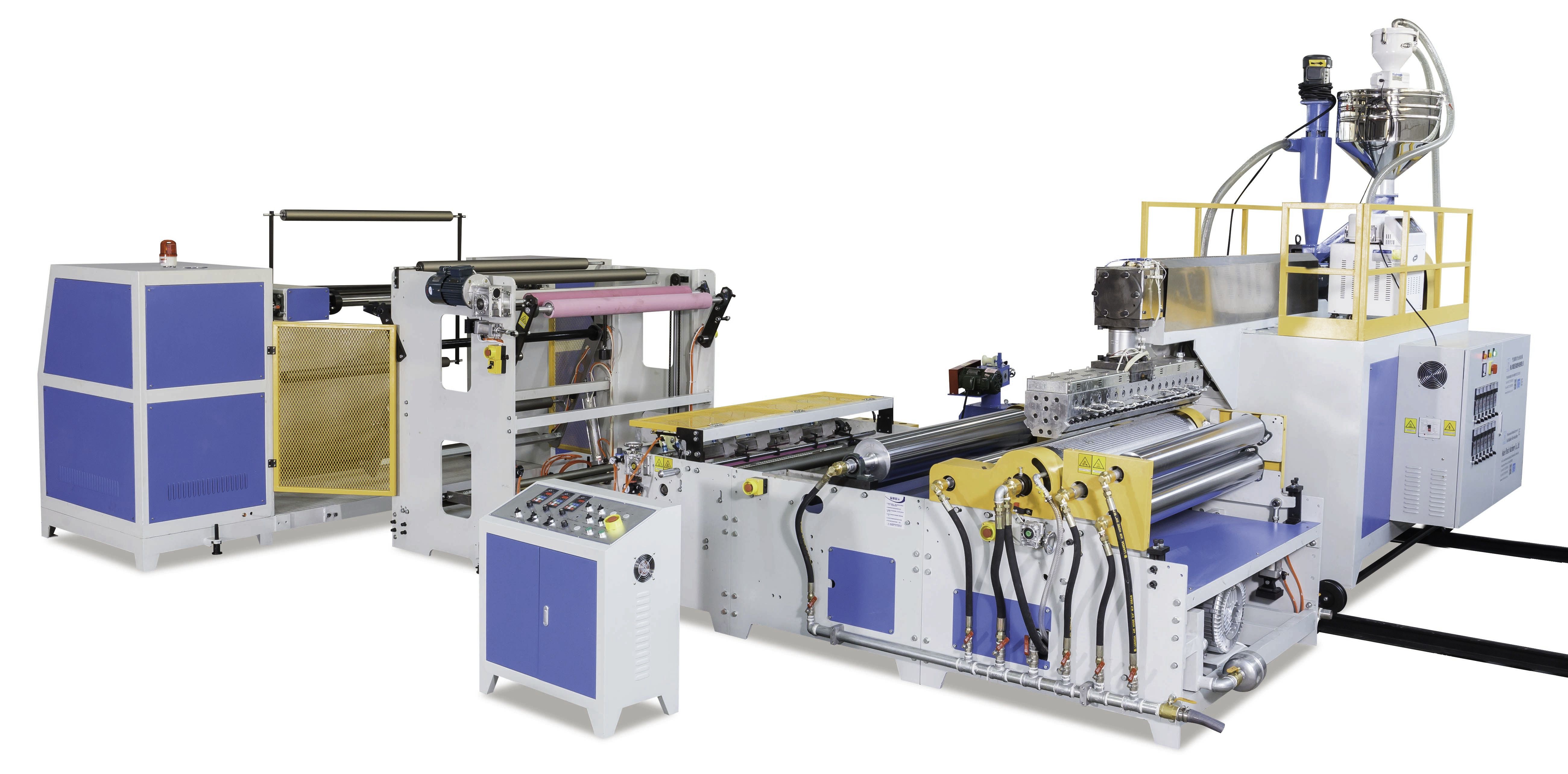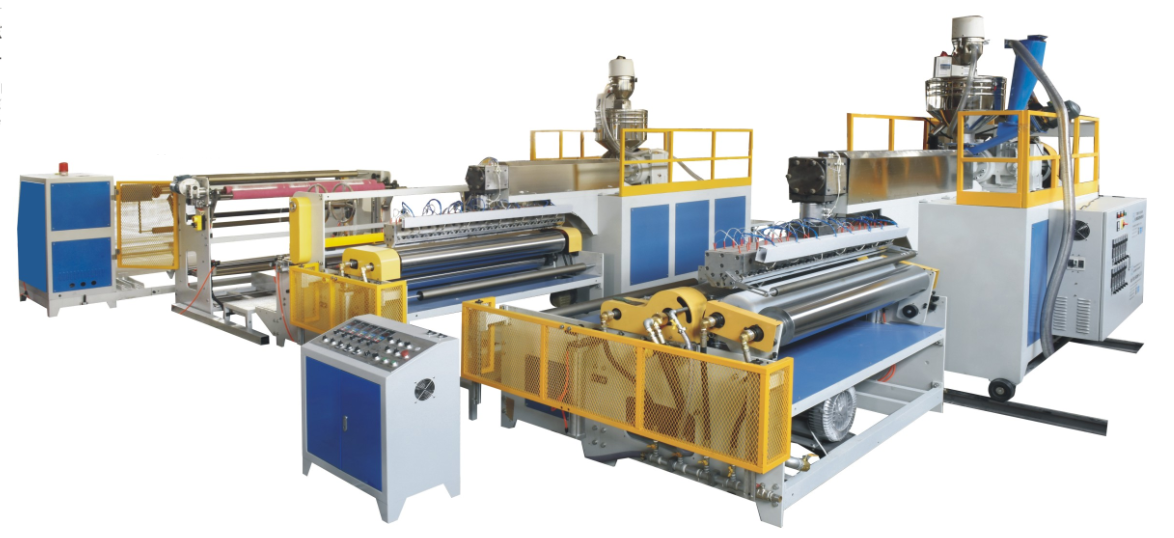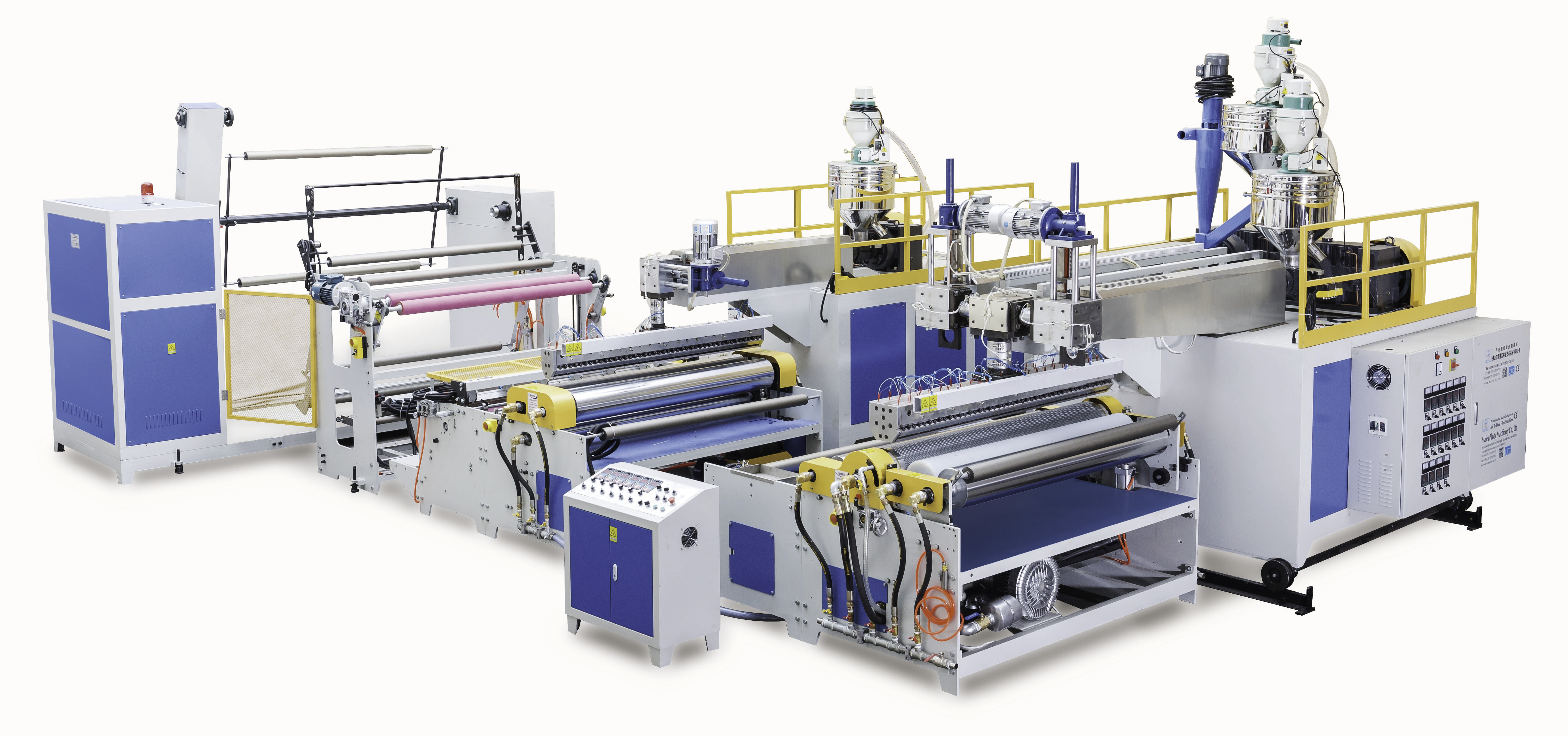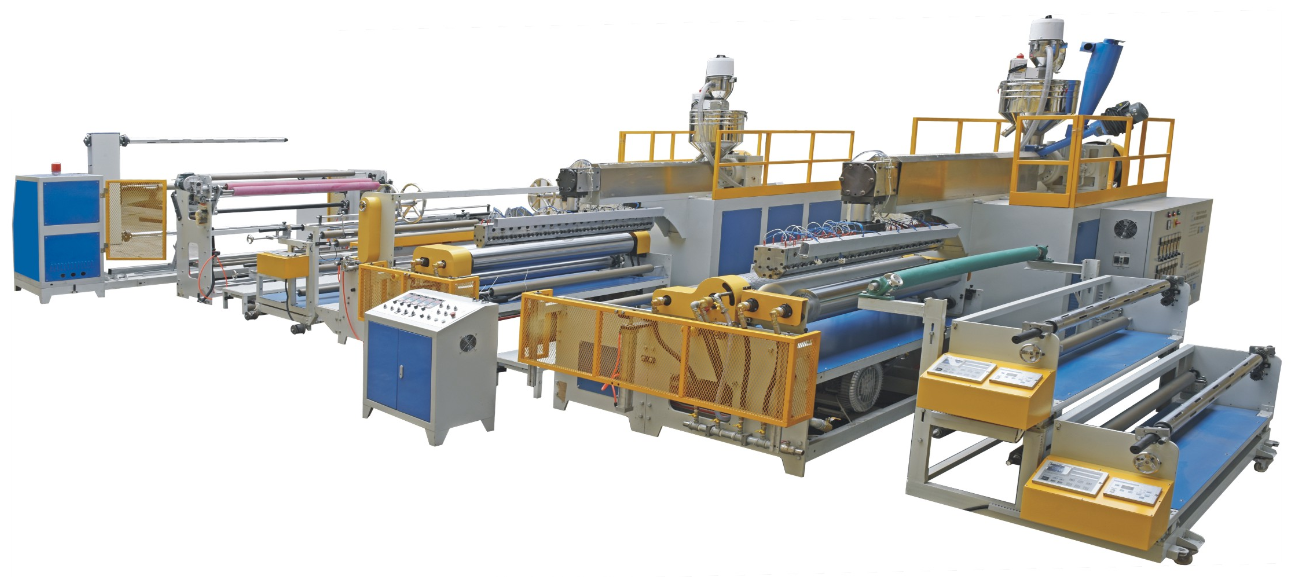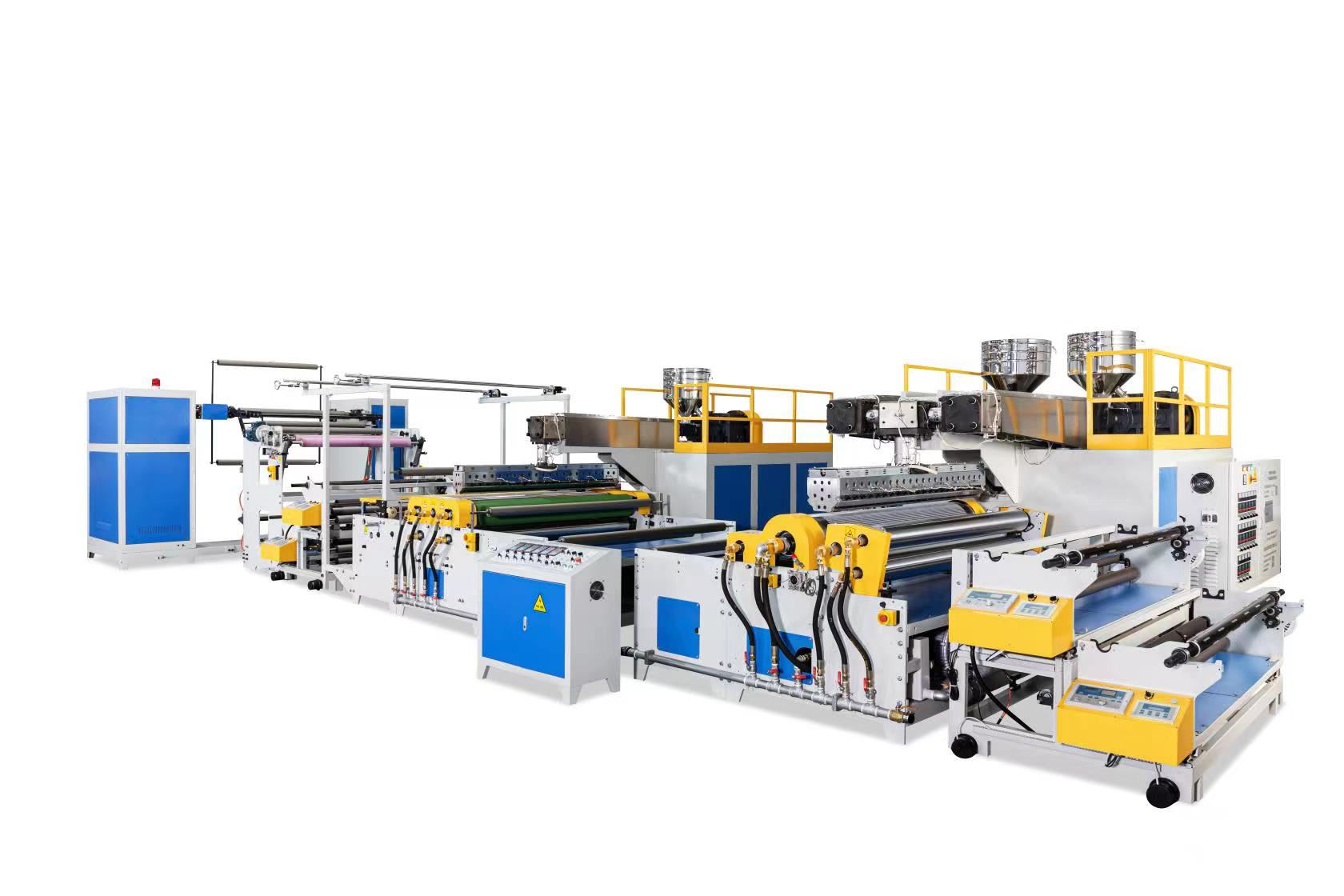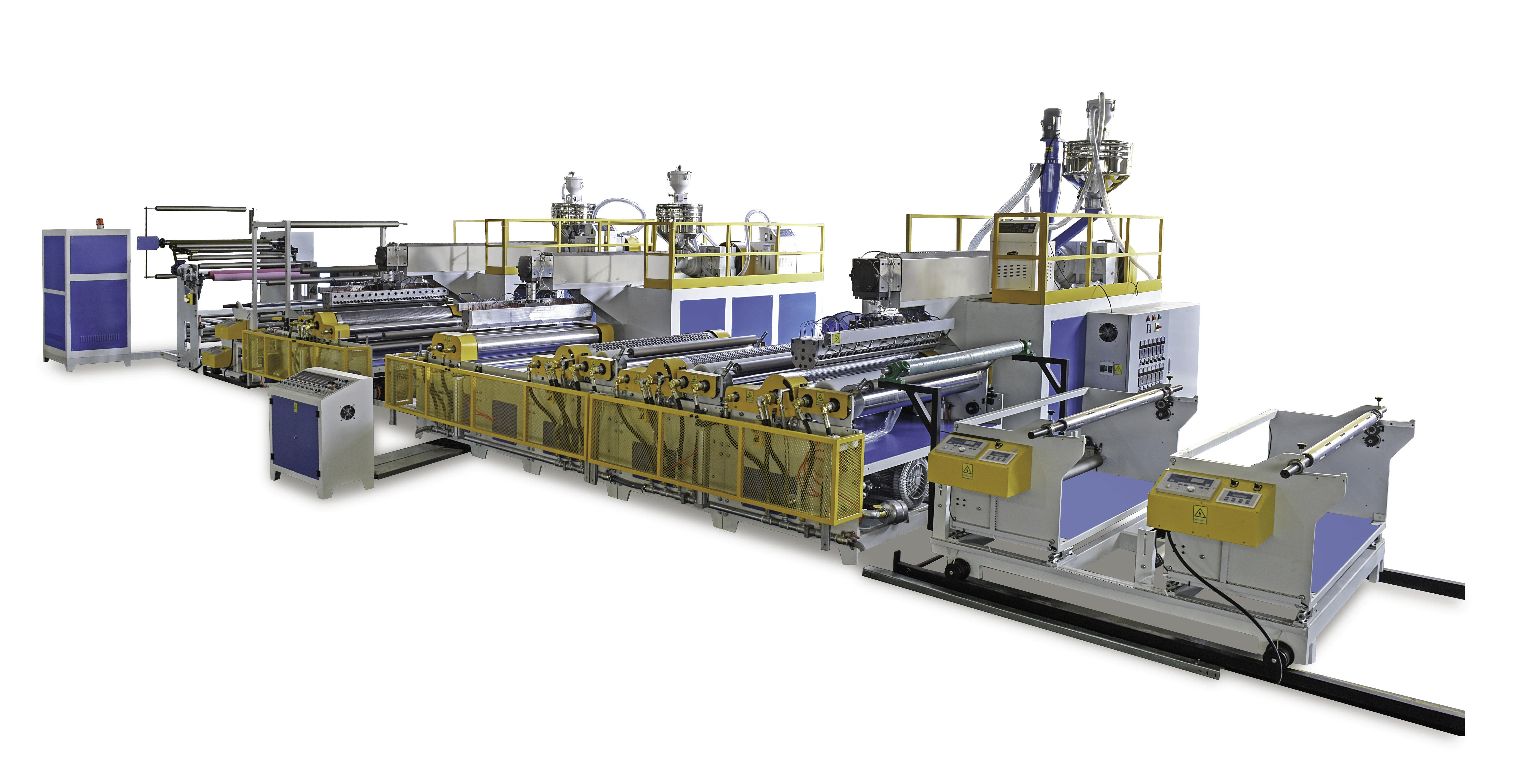Welcome to GuangDong Malex Machinery Technology Co.,Ltd.
Sep 02,2023
The Benefits of Using a Bubble Insulation Machine in Your Manufacturing Process
Table of Contents:
1. Introduction
2. Understanding Bubble Insulation
3. Benefits of Using a Bubble Insulation Machine
3.1 Increased Efficiency
3.2 Cost Savings
3.3 Enhanced Product Quality
3.4 Versatility and Adaptability
3.5 Environmental Sustainability
3.6 Reduction in Noise and Vibration
3.7 Improved Safety
4. Frequently Asked Questions (FAQs)
4.1 How does a bubble insulation machine work?
4.2 Can bubble insulation machines be customized for specific applications?
4.3 Are bubble insulation machines suitable for small-scale manufacturing?
4.4 What are the cost considerations for implementing a bubble insulation machine?
4.5 How does bubble insulation contribute to environmental sustainability?
5. Conclusion
1. Introduction
In today's competitive manufacturing landscape, finding innovative ways to improve efficiency and product quality while reducing costs is crucial. One such solution that has gained popularity is the use of a bubble insulation machine. This article will explore the various benefits of incorporating this machine into your manufacturing process.
2. Understanding Bubble Insulation
Bubble insulation is a lightweight material that consists of layers of polyethylene bubbles sealed between two sheets of reflective foil. This unique construction provides excellent thermal insulation properties, making it ideal for a wide range of applications, including packaging, construction, automotive, and more.
3. Benefits of Using a Bubble Insulation Machine
3.1 Increased Efficiency
By integrating a bubble insulation machine into your manufacturing process, you can streamline and automate the production of bubble insulation materials. This automation eliminates the need for manual labor, reducing the time and effort required to produce the desired output. Increased efficiency means higher productivity, shorter lead times, and improved overall operational performance.
3.2 Cost Savings
Implementing a bubble insulation machine can lead to significant cost savings for your manufacturing process. With automation, you can reduce labor costs, minimize material waste, and optimize energy consumption. Additionally, bubble insulation materials are lightweight, reducing transportation costs and making them an economical choice for various applications.
3.3 Enhanced Product Quality
Bubble insulation machines ensure consistent quality by producing uniform bubble layers and accurately sealing them between the foil sheets. This precision eliminates inconsistencies and defects that may occur during manual production. The use of high-quality materials and advanced manufacturing techniques guarantees reliable insulation performance and durability.
3.4 Versatility and Adaptability
One of the key advantages of using a bubble insulation machine is its versatility. These machines can produce bubble insulation materials in various sizes, thicknesses, and configurations, allowing you to cater to specific requirements for different applications. Whether you need insulation for packaging fragile items or for insulating buildings, a bubble insulation machine can be customized to meet your unique needs.
3.5 Environmental Sustainability
Bubble insulation materials are environmentally friendly and contribute to sustainable manufacturing practices. The use of recyclable materials and the energy-efficient production process minimize the carbon footprint associated with insulation manufacturing. By incorporating bubble insulation into your products, you can promote sustainability and meet the growing demand for eco-friendly solutions.
3.6 Reduction in Noise and Vibration
Bubble insulation possesses excellent soundproofing properties, making it an effective solution for reducing noise and vibration. By using a bubble insulation machine, you can incorporate soundproofing features into your products, enhancing their value and appeal to customers in industries such as automotive, construction, and home appliances.
3.7 Improved Safety
Bubble insulation materials are non-toxic and do not release harmful fumes or particles, ensuring a safe manufacturing environment. The use of a bubble insulation machine eliminates the need for manual handling of insulation materials, minimizing the risk of injuries or accidents. This improved safety not only protects your workforce but also enhances your company's reputation for prioritizing employee well-being.
4. Frequently Asked Questions (FAQs)
4.1 How does a bubble insulation machine work?
A bubble insulation machine works by feeding polyethylene film and reflective foil into the machine, which then seals the layers together with heated rollers, creating the characteristic bubble insulation structure.
4.2 Can bubble insulation machines be customized for specific applications?
Yes, bubble insulation machines can be tailored to meet specific requirements, including size, thickness, and configuration. Manufacturers can work with machine suppliers to design a system that fits their unique production needs.
4.3 Are bubble insulation machines suitable for small-scale manufacturing?
Bubble insulation machines can be suitable for small-scale manufacturing as they offer automation and efficiency benefits regardless of production volume. However, it is important to assess the specific needs and cost considerations before making a decision.
4.4 What are the cost considerations for implementing a bubble insulation machine?
The cost of implementing a bubble insulation machine depends on various factors, including machine capacity, customization requirements, and maintenance costs. It is essential to evaluate the return on investment and long-term benefits when considering the initial investment.
4.5 How does bubble insulation contribute to environmental sustainability?
Bubble insulation contributes to environmental sustainability by using recyclable materials and energy-efficient production processes. Additionally, the insulation properties of bubble insulation reduce the need for excessive energy consumption for heating or cooling, leading to further environmental benefits.
5. Conclusion
Incorporating a bubble insulation machine into your manufacturing process offers numerous advantages, including increased efficiency, cost savings, enhanced product quality, versatility, and environmental sustainability. By leveraging these benefits, you can gain a competitive edge in your industry, meet customer demands, and position your business as a leader in innovation and sustainability. Explore the potential of a bubble insulation machine and unlock new possibilities for your manufacturing process today.
Related News


